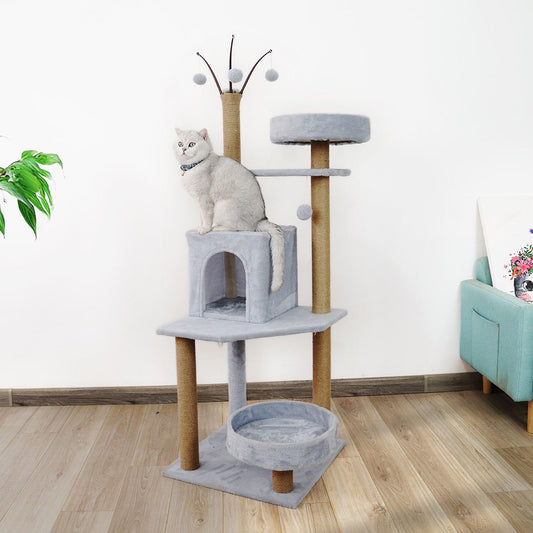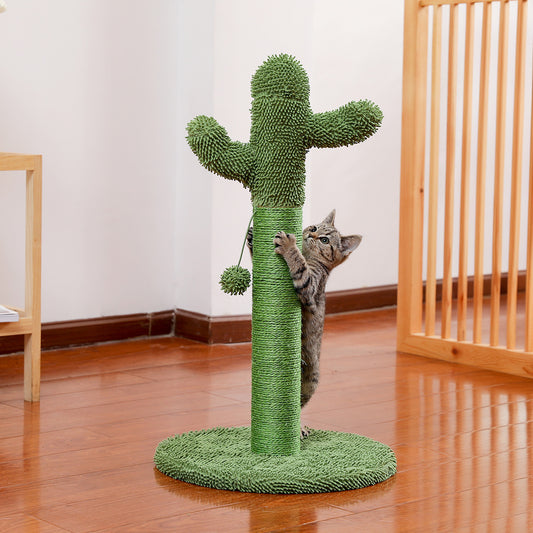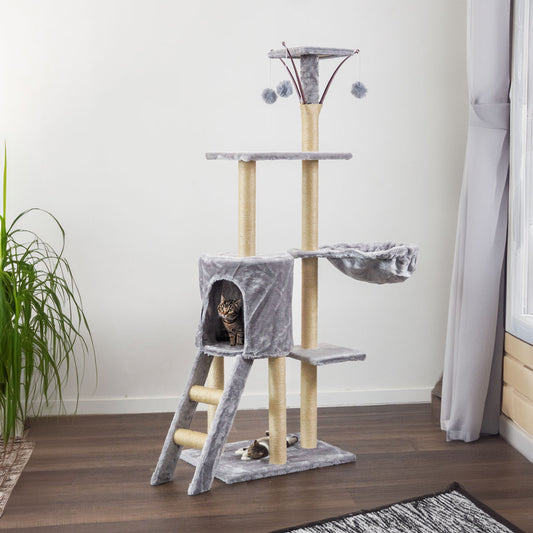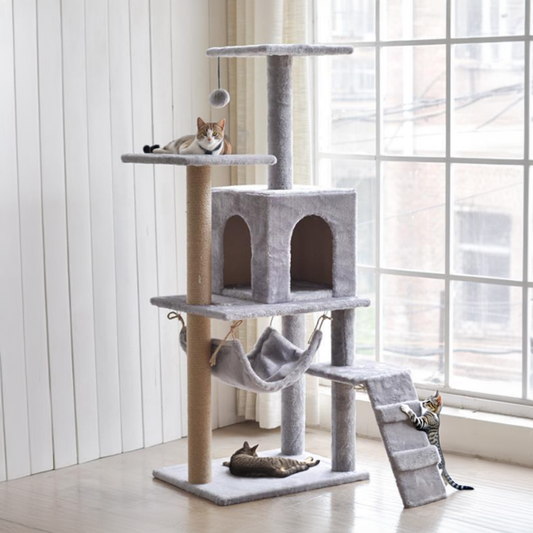Conjunctivitis, also known as pink eye, is a common eye condition that affects cats. It is characterized by inflammation of the conjunctiva, the thin membrane that covers the inner surface of the eyelids and the white part of the eye. Conjunctivitis can be caused by various factors, including infections, allergies, and irritants. If you suspect that your cat may have conjunctivitis, it is important to be aware of the most common symptoms to ensure prompt treatment and prevent any potential complications.
What are the most common symptoms of conjunctivitis in cats?
1. Redness and swelling: One of the most noticeable signs of conjunctivitis is redness and swelling of the affected eye. The conjunctiva may appear inflamed and may be accompanied by discharge.
2. Watery or thick discharge: Cats with conjunctivitis often have excessive tearing or a thick, yellowish discharge from the affected eye. This discharge may cause the eyelids to stick together, especially after periods of sleep.
3. Squinting or blinking: Cats with conjunctivitis may squint or blink frequently due to discomfort or pain. They may also rub their eyes against objects or paw at their face in an attempt to alleviate the irritation.
4. Cloudy or hazy appearance: In severe cases of conjunctivitis, the affected eye may appear cloudy or hazy. This is often a result of the inflammation and discharge that can accumulate on the surface of the eye.
5. Sensitivity to light: Conjunctivitis can make the eyes more sensitive to light. Cats may avoid bright areas or seek out darker spaces to minimize discomfort.
When should you seek veterinary care?
If you notice any of the above symptoms in your cat, it is important to seek veterinary care. Conjunctivitis can be caused by various underlying conditions, including bacterial or viral infections, allergies, or foreign objects in the eye. A veterinarian will be able to determine the cause of the conjunctivitis and prescribe appropriate treatment.
Additionally, conjunctivitis can sometimes be a sign of a more serious underlying condition, such as an eye injury or an immune system disorder. Early diagnosis and treatment are crucial to prevent complications and ensure the overall health and well-being of your cat.
How is conjunctivitis treated in cats?
The treatment for conjunctivitis in cats depends on the underlying cause. In cases of bacterial conjunctivitis, antibiotics may be prescribed to help clear the infection. Antiviral medications may be used for viral conjunctivitis. Allergic conjunctivitis may be managed with antihistamines or corticosteroids to reduce inflammation and alleviate symptoms.
In addition to medication, your veterinarian may recommend supportive care measures, such as gently cleaning the affected eye with a saline solution and applying warm compresses to help soothe the inflammation.
Preventing conjunctivitis in cats
While it may not always be possible to prevent conjunctivitis in cats, there are some steps you can take to reduce the risk:
- Keep your cat's living environment clean and free from irritants.
- Avoid exposing your cat to potential sources of infection, such as sick cats or contaminated objects.
- Regularly check your cat's eyes for any signs of redness, discharge, or other abnormalities.
- If your cat has a history of recurrent conjunctivitis, discuss preventive measures with your veterinarian.
Remember, if you suspect that your cat may have conjunctivitis, it is always best to consult with a veterinarian for an accurate diagnosis and appropriate treatment. Prompt intervention can help alleviate your cat's discomfort and prevent any potential complications.





